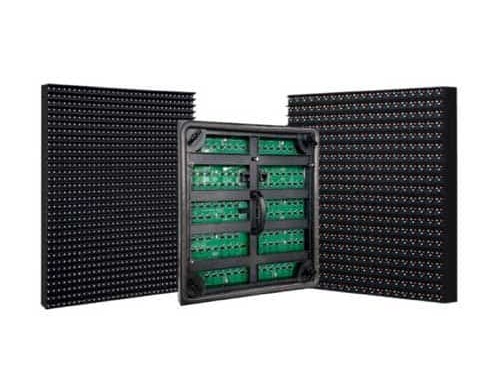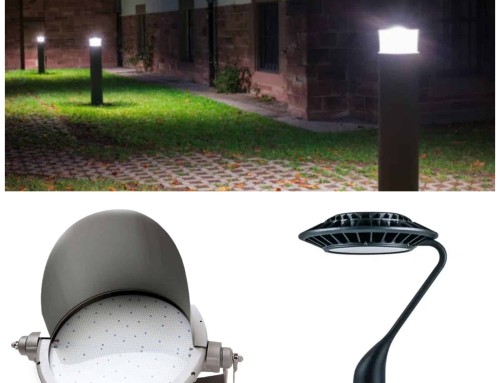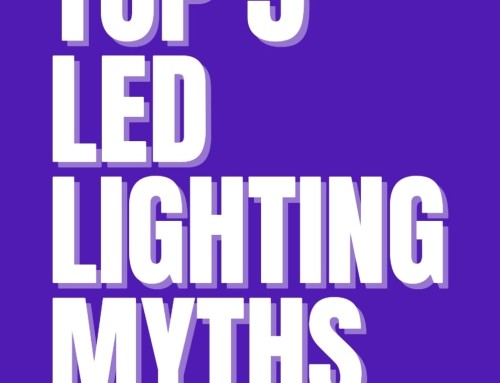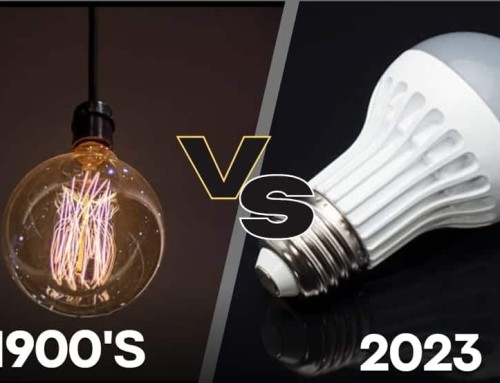How to Calculate the ROI on Your LED Lighting Investment: 5 Easy Steps
Considering an LED lighting upgrade? You’re probably curious about the potential return on investment (ROI). In this blog, we’ll know how to calculate the ROI of your LED lighting investment.
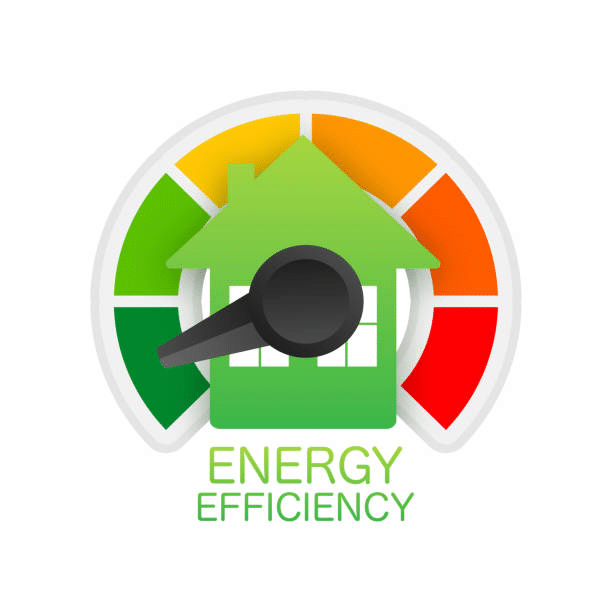
1. Grasp the Essential Factors Impacting ROI
Before diving into calculations, familiarize yourself with the critical factors contributing to your ROI. These include,
Energy savings: LED lighting boasts higher energy efficiency, saving energy consumption and costs.
Maintenance savings: With longer lifespans, LEDs reduce the frequency and cost of replacements and maintenance.
Rebates and incentives: Numerous utility companies offer incentives for adopting LED lighting. Don’t miss out!
2. Compute Your Energy Savings
To estimate your energy savings, follow these straightforward steps:
Let’s assume you’re currently using a 60-watt incandescent light bulb, and you’re considering replacing it with a 9-watt LED light bulb.
H3 Calculate the wattage difference: Wattage difference = 60 watts – 9 watts = 51 watts
H3 Multiply the wattage difference by daily usage hours and annual usage days: Let’s assume you use the light for 4 hours per day and 365 days per year. Annual energy usage difference = 51 watts * 4 hours/day * 365 days/year = 74,460 watt-hours/year
H3 Multiply the resulting number by your energy cost per kilowatt-hour (kWh): Let’s assume your energy cost is $0.12 per kWh. Convert the energy usage difference to kilowatt-hours: 74,460 watt-hours/year * (1 kWh / 1,000 watt-hours) = 74.46 kWh/year Annual cost savings = 74.46 kWh/year * $0.12/kWh = $8.94/year.
3. Gauge Maintenance Savings
Wondering how to assess maintenance savings? Pose these questions to yourself,
How frequently do you replace your current bulbs?
What are the costs of replacement bulbs and labor?
How does your current bulbs’ lifespan compare to LED bulbs?
By comparing these expenses, you’ll have a clearer understanding of potential maintenance savings.
4. Consider Rebates and Incentives
Don’t forget the rebates and incentives we mentioned earlier! Research your local utility company’s offerings and incorporate any relevant rebates or incentives into your calculations.
5. Determine Your ROI
Now that you’ve gathered all the necessary data, it’s time to determine your ROI. Use this uncomplicated formula,
ROI = (Energy Savings + Maintenance Savings + Rebates and Incentives) / Initial Investment
Examine Your Findings What do your findings reveal? To calculate the return on investment (ROI) for switching to a 9-watt LED bulb, we need to consider the cost of the LED bulb and the savings per year. Let’s assume the LED bulb costs $5.
ROI = (Annual savings / Initial investment) * 100
In this case:
ROI = ($8.94 / $5) * 100 = 178.8%
The ROI for switching to a 9-watt LED light bulb in this example is 178.8%. This means that you will recover your initial investment and make an additional 78.8% return on it within the first year of usage.
In conclusion calculating the ROI for your LED lighting investment needn’t be complex. By following these tips, you’ll quickly decide if upgrading to LED lighting is the smart choice. If you need expert advice or installation services, don’t hesitate to contact LED CITY®️ via,
Phone:(972) 488-2489,
Email info@ledcityusa.com
Website: https://www.ledcityusa.com/

